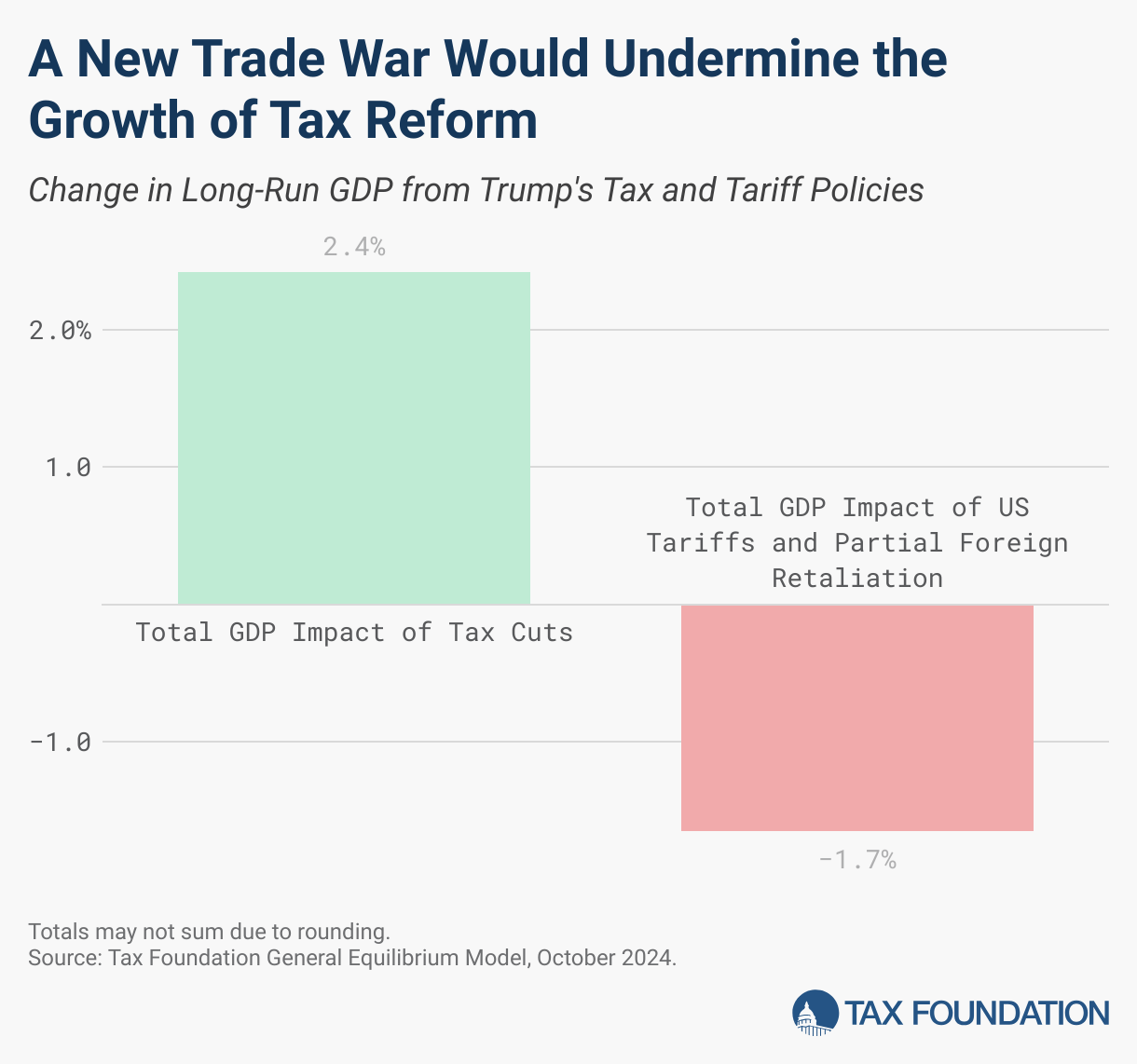Reshaping India's Insurance Landscape: Ind AS 117's Transformative Potential

Table of Contents
Understanding Ind AS 117 and its Implications for Indian Insurers
Ind AS 117, the Indian Accounting Standard 117, represents a paradigm shift in insurance accounting in India. It necessitates a fundamental change in how insurers recognize, measure, and report insurance contracts. This section will explore the key changes, compare it to previous standards, and analyze its impact on financial reporting.
Key Changes Introduced by Ind AS 117:
Ind AS 117 introduces several key changes compared to previous accounting standards, impacting how insurance liabilities are measured and reported. These include:
- A Comprehensive Approach to Contract Valuation: A move away from the simpler incurred claims approach to a more comprehensive model considering the entire insurance contract, including future policyholder benefits and associated costs.
- Emphasis on Liability Valuation Model: The standard emphasizes a more robust liability valuation model, incorporating various factors such as the time value of money, risk adjustments, and the expected future cash flows associated with insurance contracts.
- Time Value of Money: Accurate calculation of insurance liabilities now explicitly incorporates the time value of money, leading to a more realistic reflection of the present value of future obligations.
- Enhanced Transparency Through Detailed Disclosures: Ind AS 117 mandates significantly more detailed disclosures, providing stakeholders with a far clearer picture of an insurer's financial position and performance. This increased transparency enhances accountability and aids informed decision-making.
- Impact on Capital Adequacy: The new valuation methods and disclosures will likely impact capital adequacy requirements and solvency positions for Indian insurers, potentially necessitating adjustments to their risk management strategies.
Comparison with Previous Accounting Standards:
Ind AS 117 significantly improves upon previous Indian accounting standards for insurance. The key differences lie in the increased sophistication of the liability valuation model and the enhanced transparency demanded by the new standard. The transition will require insurers to adapt existing accounting practices, potentially involving substantial changes to their IT infrastructure and internal processes. Challenges include the complexity of the new standard, the need for significant data gathering and analysis, and the potential for increased operational costs during the initial implementation phase.
Impact on Financial Reporting:
The implementation of Ind AS 117 will significantly affect the presentation of financial statements for Indian insurers. This includes:
- Balance Sheet Changes: Significant changes to the balance sheet, particularly in the liability section, reflecting the more accurate valuation of insurance contracts.
- Income Statement Adjustments: Changes in how revenue and expenses related to insurance contracts are recognized and reported, potentially impacting key profitability metrics.
- Key Metrics and Ratios: Insurers will need to adapt their tracking and reporting of key metrics and ratios to reflect the changes mandated by Ind AS 117. This will require the development of new internal reporting systems and potentially new expertise within the finance departments.
- Increased Regulatory Scrutiny: With increased transparency, insurers can expect heightened scrutiny from investors and regulators, demanding a higher level of accuracy and compliance.
Challenges and Opportunities for the Indian Insurance Industry
The adoption of Ind AS 117 presents both significant challenges and substantial opportunities for the Indian insurance industry. This section explores both sides of this coin.
Implementation Challenges:
The transition to Ind AS 117 presents several challenges for Indian insurers:
- IT System Upgrades: Implementing the new standard requires substantial upgrades to IT systems and infrastructure to accommodate the increased data processing and reporting requirements.
- Personnel Training: Insurers need to invest significantly in training and upskilling their personnel to understand and apply the new accounting standard effectively. This involves both technical training on the specifics of Ind AS 117 and broader training on risk management and financial modeling.
- Operational Efficiency: The initial implementation phase may impact operational efficiency due to the need for extensive data analysis and reconciliation.
- Cost Implications: The overall cost of implementing Ind AS 117 can be substantial, encompassing IT upgrades, training costs, and potential consulting fees.
Opportunities Created by Ind AS 117:
Despite the challenges, Ind AS 117 presents several significant opportunities:
- Improved Risk Management: The more comprehensive approach to liability valuation encourages improved risk management practices and enhances the accuracy of risk assessments.
- Enhanced Investor Confidence: The greater transparency fostered by Ind AS 117 will improve investor confidence and attract more foreign investment into the Indian insurance sector.
- Global Alignment: Alignment with international best practices in financial reporting (like IFRS 17) improves comparability with global insurance companies, enhancing competitiveness.
- Long-Term Cost Savings: While initial implementation costs are high, improved risk management and operational efficiency in the long term can lead to significant cost savings.
Regulatory Perspective and Future Outlook
The Insurance Regulatory and Development Authority of India (IRDAI) plays a crucial role in the successful implementation of Ind AS 117. This section examines the IRDAI's role and explores the future implications for the Indian insurance sector.
IRDAI's Role in Ind AS 117 Implementation:
The IRDAI is actively involved in guiding and supporting the Indian insurance industry's transition to Ind AS 117. This includes:
- Providing Guidance and Support: The IRDAI has issued various circulars and guidelines to assist insurers with the implementation process.
- Regulatory Framework: The IRDAI has established a regulatory framework to ensure compliance with Ind AS 117, including enforcement mechanisms and penalties for non-compliance.
- Phased Implementation: The IRDAI likely adopted a phased implementation approach, allowing insurers time to adjust and minimize disruption.
Future Implications for the Insurance Sector:
The long-term effects of Ind AS 117 on India's insurance sector are profound:
- Increased Competition: Insurers that adapt effectively to the new standard will gain a competitive advantage.
- Product Pricing and Profitability: Changes in accounting practices may influence product pricing and profitability.
- Technological Advancements: The need for improved data management and analysis could drive innovation and technological advancements within the industry.
- Global Benchmarking: The adoption of Ind AS 117, mirroring IFRS 17 and aligning with standards like Solvency II, facilitates global benchmarking and enhances India's standing in the international insurance market.
Conclusion: Embracing the Ind AS 117 Revolution
Ind AS 117 is a catalyst for significant change in India's insurance sector. While the initial implementation presents challenges, the long-term benefits of increased transparency, robust risk management, and global alignment are undeniable. Successful implementation requires proactive planning, investment in technology, and comprehensive employee training. Understanding and effectively implementing Ind AS 117 is crucial for the future success of every insurer in the Indian market. Don't get left behind—prepare for the Ind AS 117 revolution and ensure your organization is well-positioned to leverage its transformative potential for growth and stability. Effective implementation of Ind AS 117 is not just compliance; it's a strategic imperative for the future of your business.

Featured Posts
-
 Trump Tax Plan House Gop Unveils Specifics
May 15, 2025
Trump Tax Plan House Gop Unveils Specifics
May 15, 2025 -
 Bruins En Npo Toezichthouder Onderzoek Naar Leeflang Vereist Overleg
May 15, 2025
Bruins En Npo Toezichthouder Onderzoek Naar Leeflang Vereist Overleg
May 15, 2025 -
 Pley Off N Kh L Karolina Oderzhala Krupnuyu Pobedu Nad Vashingtonom
May 15, 2025
Pley Off N Kh L Karolina Oderzhala Krupnuyu Pobedu Nad Vashingtonom
May 15, 2025 -
 40 Off Select Sneakers Nike Air Dunks Jordans Sale At Foot Locker
May 15, 2025
40 Off Select Sneakers Nike Air Dunks Jordans Sale At Foot Locker
May 15, 2025 -
 Dzho Bayden Vartist Vistupu Na Zakhodakh 300 000
May 15, 2025
Dzho Bayden Vartist Vistupu Na Zakhodakh 300 000
May 15, 2025
